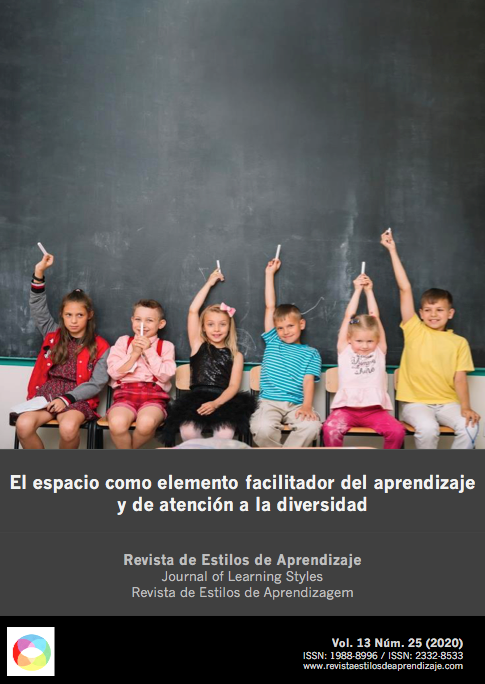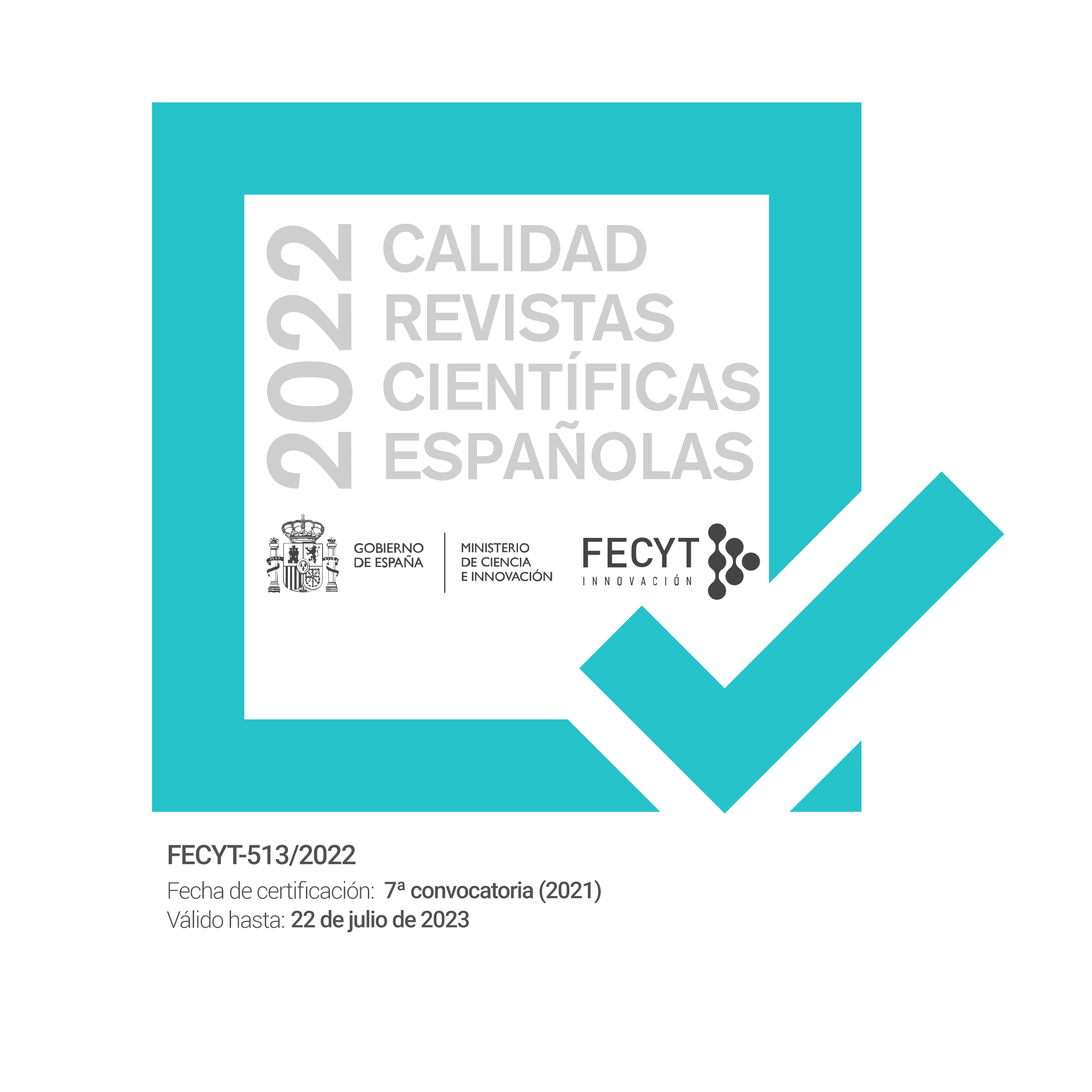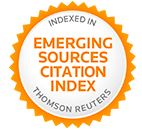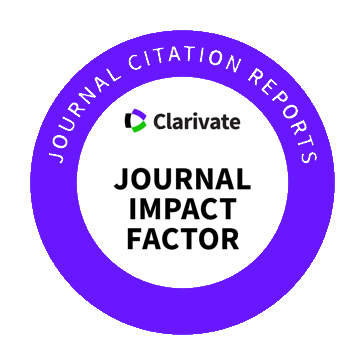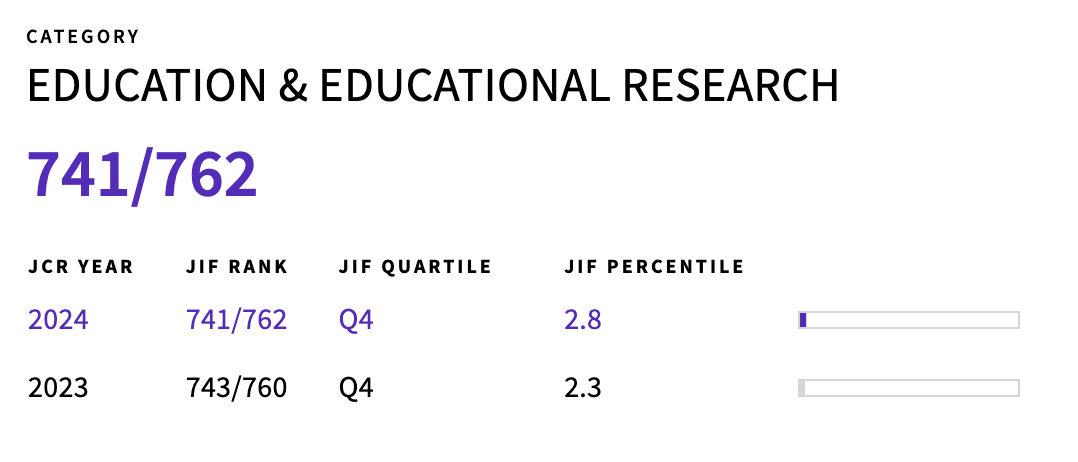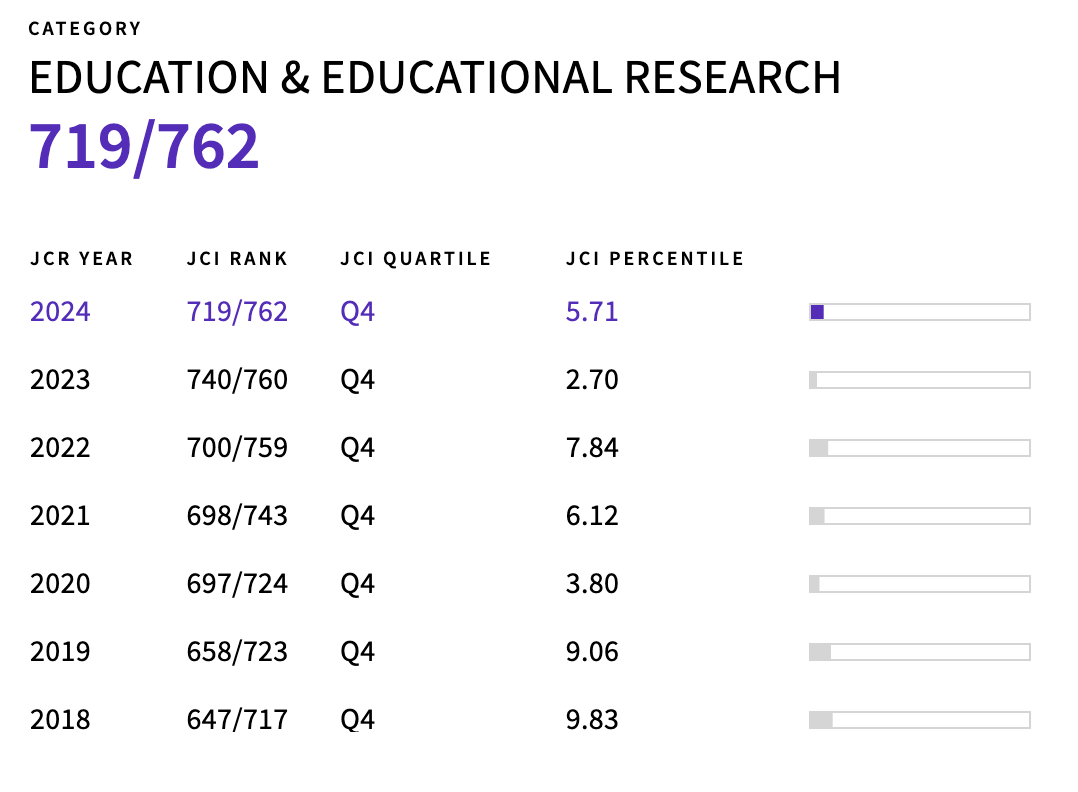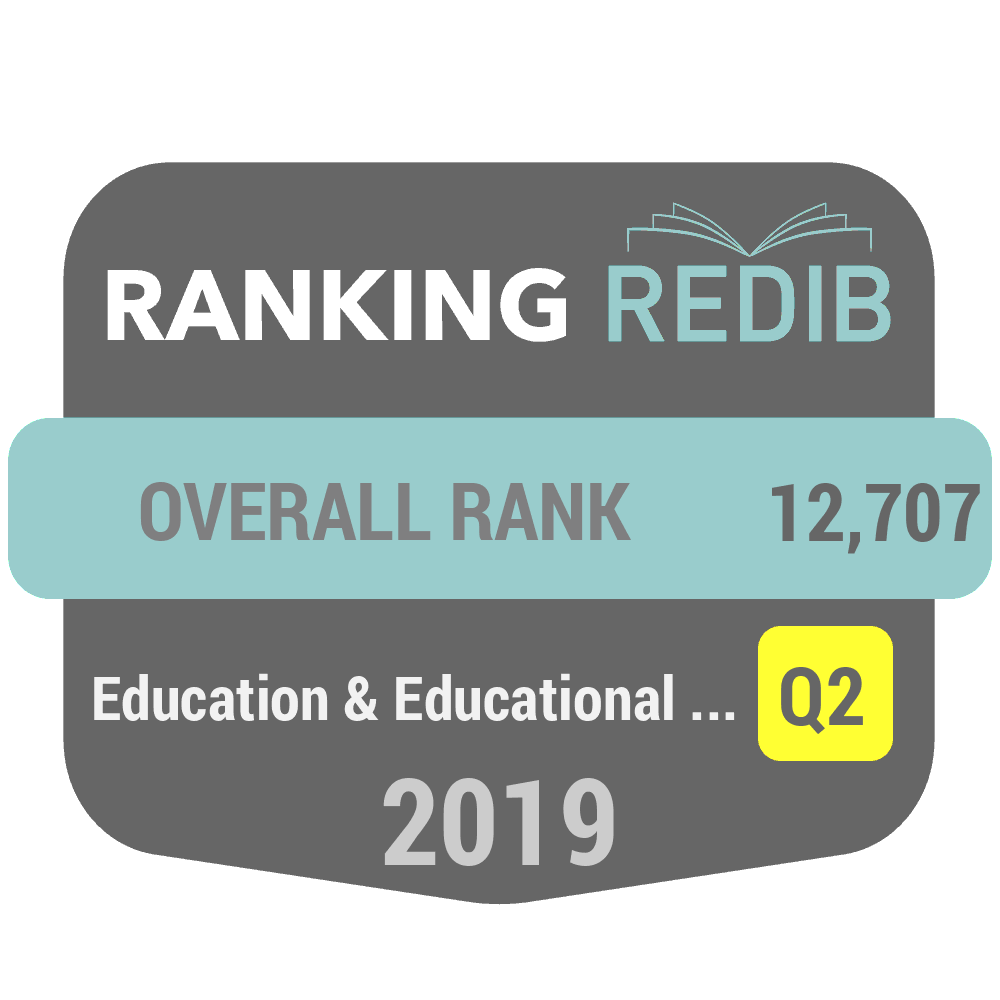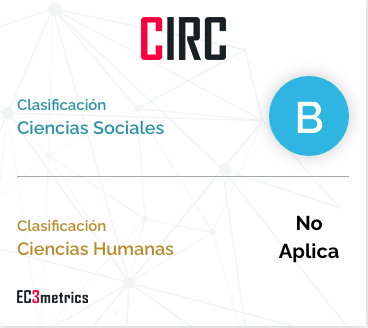Design of the university educational space and its impact on the academic process: trend analysis
DOI:
https://doi.org/10.55777/rea.v13i25.1512Keywords:
Classroom, Space distribution, Teaching Spaces, Higher Education, BibliometricsAbstract
In recent years, changes in the educational and social sector have been reflected in the growing interest in defining how the attributes of the educational space affect the teaching and learning process of students. In this context, the classroom is characterized by combining physical, environmental and spatial variables; so that, together with design and organization, it is considered a facilitating element of learning. The aim of this study is to identify the scientific publications related to the impact of the design of the educational space in the process of learning of the students of Higher Education, during the period between 2005 to 2019. The analyzed searches include the network of collaboration between authors, countries and institutions, in addition to the relationships between the keywords. A bibliometric analysis of the scientific literature was performed using the Scopus database. Thus, 2,173 documents on the subject of research were identified. The results of the analysis revealed that, productivity increased considerably since 2010. Likewise, the analysis of the effect that the classroom design induces in the cognitive and emotional processes of the student are detected as the main research trends.
Downloads
References
Abad-Segura, E., y González-Zamar, M.-D. (2019a). Análisis de las competencias en la educación superior a través de flipped classroom. Revista Iberoamericana de Educación, 80(2), 29–45.
Abad-Segura, E., y González-Zamar. M.-D. (2019b). Effects of Financial Education and Financial Literacy on Creative Entrepreneurship: A Worldwide Research. Education Sciences, 9(3), 238.
Abad-Segura, E.; González-Zamar, M.-D.; Infante-Moro, J.C.; Ruipérez García, G. (2020). Sustainable Management of Digital Transformation in Higher Education: Global Research Trends. Sustainability 2020, 12, 2107.
Acaso López-Bosch, M. y Megías, C. (2013). "rEDUvolution": Hacer la revolución en la educación (1a ed.). Barcelona: Paidós.
Al‐Ayash, A., Kane, R. T., Smith, D., y Green‐Armytage, P. (2016). The influence of color on student emotion, heart rate, and performance in learning environments. Color Research y Application, 41(2), 196-205.
Altman, I. (1975). The Environment and Social Behavior: Privacy, Personal Space, Territory, and Crowding. Monterey, California: Brooks/Cole Publishing Company.
Barret, P., Davies, F., Zhang, Y. y Barrett, L. (2017). The holistic impact of classroom spaces on learning in specific subjects. Environment and behavior, 49(4), 425-451.
Baum, E. J. (2018). Learning Space Design and Classroom Behavior. International Journal of Learning, Teaching and Educational Research, 9 (17), 34-54.
Calvo-Sotelo, P.C. (2016). La educación, un hecho espacial: El “campus didáctico” como arquitectura para el Espacio Europeo de Educación Superior. La Cuestión Universitaria, (5), 98-120.
Daniels, H., Leadbetter, J., Warmington, P., Edwards, A., Martin, D., Popova, A. y Brown, S. (2007). Learning in and for multi‐agency working. Oxford Review of Education, 33(4), 521-538.
Durieux, V., y Gevenois, P.A. (2010). Bibliometric indicators: Quality measurements of scientific publication 1. Radiology, 255, 342–351.
Earthman, G.I. (2017). The Relationship Between School Building Condition and Student Achievement: A Critical Examination of the Literature. Journal of Ethical Educational Leadership, 4(3), 1-16.
Errázuriz-Larraín, L. H. (2015). Calidad estética del entorno escolar: el (f) actor invisible. Arte, Individuo y Sociedad, 27(1).
Fraser, B.J. (2018). Milestones in the evolution of the learning environments field over the past three decades. En D.B. Zandvliet y B. Fraser (Eds.), Thirty Years of Learning Environments (pp. 1-19). Educational Research E-Books Online, Collection 2018. Leiden, The Netherlands: Brill Sense.
Gilavand, A. (2016). Investigating the Impact of Environmental Factors on Learning and Academic Achievement of Elementary Students. Health Sciences, 5(7S), 360-369.
González-Zamar, M. D., Ortiz Jiménez, L., Sánchez Ayala, A., y Abad-Segura, E. (2020). The Impact of the University Classroom on Managing the Socio-Educational Well-being: A Global Study. International Journal of Environmental Research and Public Health, 17(3), 931.
Gottler, J. (1955). Principios de la Pedagogía sistemática. Barcelona: Herder.
Hargreaves, A. (2018). Strategies, decisions and control: interaction in a middle school classroom. In Teacher decision-making in the classroom, 134-169. London: Routledge y Kegan Paul.
Hertzberger, H. (2008). Space and learning: Lessons in architecture (3). Rotterdam, Amsterdam: 010 Publishers.
Hopland, A.O. y Nyhus, O.H. (2015). Does student satisfaction with school facilities affect exam results? An empirical investigation. Facilities, 33(13/14), 760-774.
Jalil, N. A., Yunus, R.M. y Said, N. S. (2012). Environmental colour impact upon human behaviour: A review. Procedia-Social and Behavioral Sciences, 35, 54-62.
Könings, K.D., Bovill, C. y Woolner, P. (2017). Towards an interdisciplinary model of practice for participatory building design in education. European Journal of Education, 52(3), 306-317.
Lim, C.T.D. y Fraser, B.J. (2018). Learning environments research in English classrooms. Learning Environments Research, 21(3), 433-449.
Lin-Siegler, X., Dweck, C. y Cohen, G. (2016). Instructional interventions that motivate classroom learning. Journal of Educational Psychology, 108(3), 295-299.
Mäkelä, T. y Helfenstein, S. (2016). Developing a conceptual framework for participatory design of psychosocial and physical learning environments. Learning Environments Research, 19(3), 411-440.
Malaguzzi, L. (2000). La educación infantil en Reggio Emilia. Barcelona: Octaedro.
Maxwell, L. (2016). School building condition, social climate, student attendance and academic achievement: A mediation model. Journal of Environmental Psychology, 46, 206-216.
Nascimbeni, F. (2015). The increased complexity of Higher Education collaboration in times of Open Education. Campus virtuales, 3(1), 102-108.
Oblinger, D. (2005). Leading the transition from classrooms to learning spaces. Educause quarterly, 28(1), 14-18.
Peker, E., y Ataöv, A. (2019). Exploring the ways in which campus open space design influences students’ learning experiences. Landscape Research, 1-17.
Pérez, M., y Ramírez, M. (2015). Los ambientes de aula que promueven el aprendizaje, desde la perspectiva de los niños y niñas escolares. Revista Electrónica Educare, 19(3), 9.
Perianes-Rodriguez, A.; Waltman, L., y Van Eck, N. J. (2016). Constructing bibliometric networks: A comparison between full and fractional counting. Journal of Informetrics, 10(4), 1178-1195.
Pritchard, A. (1969). Stadistical bibliography or bibliometrics. Journal of documentation, 25(4), 348-349.
Shernoff, D.J., Ruzek, E.A. y Sinha, S. (2017). The influence of the high school classroom environment on learning as mediated by student engagement. School psychology international, 38(2), 201-218.
Sobaih, A.E.E., Moustafa, M.A., Ghandforoush, P. y Khan, M. (2016). To use or not to use? Social media in higher education in developing countries. Computers in Human Behavior, 58, 296-305.
Stanton, A., Zandvliet, D.B. y Rosie, D. (2018). Impacts of Learning Environments on Student Well-Being in Higher Education. En D.B. Zandvliet y B. Fraser (Eds.), Thirty Years of Learning Environments (pp. 141-150). Educational Research E-Books Online, Collection 2018. Leiden, The Netherlands: Brill Sense.
Suárez Palos, M. (1987). Organización espacial del aula. Revista de Educación, 282, 301-311.
Tanner, C.K. (2009). Effects of school design on student outcomes. Journal of Educational Administration, 47(3), 381-399.
Tse, H.M., Learoyd-Smith, S., Stables, A. y Daniels, H. (2015). Continuity and conflict in school design: a case study from Building Schools for the Future. Intelligent Buildings International, 7(2-3), 64-82.
Weinstein, C.S. (1979). The Physical Environment of the School: A Review of the Research. Review of Educational Research, 49(4), 577–610.
Woolner, P. (2018). Collaborative Re-design: Working with School Communities to Understand and Improve Their Learning Environments. In Spaces of Teaching and Learning, 153-172. Springer, Singapore.
Yang, Z., Becerik-Gerber, B., y Mino, L. (2013). A study on student perceptions of higher education classrooms: Impact of classroom attributes on student satisfaction and performance. Building and Environment, 70, 171-188.
Zomorodian, K., Parva, M., Ahrari, I., Tavana, S., Hemyari, C., Pakshir, K. y Sahraian, A. (2012). The effect of seating preferences of the medical students on educational achievement. Medical education online, 17(1), 104-148.
Downloads
Published
How to Cite
Issue
Section
License
By submitting the original, the author(s) declare that they are aware of and accept, in full, the privacy policy as well as the copyright of the Learning Styles Magazine.
The Learning Styles Magazine offers free and open access to its content, completely free of charge, in order to bring scientific research to its readers and society in general. All digital contents are free and open access and are published under a Creative Commons license:

Rights are granted under the Creative Commons Reconocimiento-NoComercial-SinObraDerivada 4.0 Internacional (CC-BY-NC-ND 4.0)
The Learning Styles Magazine is an open access journal. Publication of articles or reviews in the Journal does not entitle you to any remuneration. For authors as well as readers, the journal is free Creative Commons Reconocimiento-NoComercial-SinObraDerivada 4.0 Internacional (CC-BY-NC-ND 4.0).
With this licence, the reproduction and dissemination of the contents of the magazine for educational, social and knowledge transmission purposes is permitted, without any profit motive in mind, provided that the source and authorship are not modified. The licence granted to Learning Styles Magazine allows the copying and distribution of the magazine's contents, as long as the authorship of the work is recognised, correctly specifying the author and the publishing entity. The work may not be used for commercial purposes, nor may it be altered, transformed or generated from this work.
The publication of articles or reviews in the Journal does not give the right to any remuneration.
The Learning Styles Journal invites the author/authors to increase the visibility and scope of their articles published by re-disseminating them in:
- Web spaces and personal networks, as well as in scientific meetings and forums
- Open institutional archives in Universities, educational repositories and Research Centres.
- Academic and scientific networks (Researchgate, Academia.edu, Plubons, etc.)
All these spaces and publications must include all the bibliographic data of the publication.

